History is Our Stories - One from the Pentagon
Our history is a compilation of our stories. When someone becomes enamoured with history, it is because of the stories of the individuals, the letters, the individual accounts - far more than names and dates and places.
Through the 2,996 project, we had the opportunity to hear many of the stories of the people who were lost that day. But, there are also the stories of the survivors. I received this in an email from a Pentagon survivor, and with her permission, am posting it here for you to read. Thank you, Stephanie, for sharing your story. It is the story of the American spirit - personified by the military.
There is often talk about the Brotherhood of Arms for Soldiers who have faced combat together. Similarly, there is a “Brotherhood of 9-11” among Soldiers, civilian government employees, contractors who were in the Pentagon on September 11, five years ago. I was in uniform then, the deputy for Army Public Affairs and on the “E” (Outermost) ring of the Pentagon, one wedge over from where the plane came in.
We watched the second plane fly into the Tower in New York while preparing for a meeting, and immediately we knew this was not an accident. It was an attack. My colleague commented, “You know, we are a target.” The comment passed and we started the meeting. Eight minutes later, the shock wave hit, the air was sucked out of the room and I looked up to see silver debris raining down outside the window.
My organization was lucky. We lost all our offices, computers, equipment. My general and I lost all our dress uniforms, as we kept them at the Pentagon and rotated them through the cleaners there. But we only had two people injured, and none killed. One major whose office was in the direct path of the plane had wandered down to the snack bar for a morning coffee, and missed being killed by minutes.
We went to our rally point in the parking lot and took accountability of our people. I kept the group moving until they were out of the line of sight of both the road and the Pentagon, fearing a second attack by another plane or by vehicles, as thousands of Pentagon employees lined the road after evacuating the building. Then the XO and I circled the entire building to find the rest of our people. Two were injured; four were standing by the crash site, waiting for a chance to go in and help the victims. One was helping the firefighters navigate the maze of corridors to get hoses to the interior areas. One snuck back in the building to retrieve the purse of a civilian employee who was 9 months pregnant and needed her ID cards and prescriptions.
Everyone outside was on a cell phone, and none of the signals were getting through. Finally, about 1 pm, I was able to contact my husband, a schoolteacher, and let him know I was alive and out of the building. Ten minutes later, I went back into the building, to work in the Army Operations Center to help set up a call-in line to help account for the dead and living. Later that night, I drove a colleague home, finally realizing that I was in shock as I could not retrace my route to the freeway, to continue on home. I circled his housing area, cursing for 30 minutes, before finding my way out and getting home.
There I found my teenage son and my husband stoically waiting. I had been to war before, but this was different. I had no way to shoot back. No target.
The next morning I went back to work—to the Pentagon. I was proud to see that even those we had ordered to stay home were clamoring to be assigned somewhere to do something to help. As they did that day. As they continued to do while scattered around six different sites to find desk space and computer access to help tell the story of what happened to us on 9-11, and more importantly, that our work and our mission continued.
Stephanie L. Hoehne
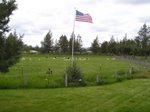


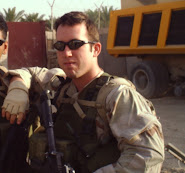










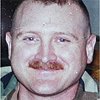


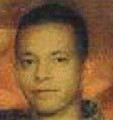
















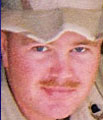
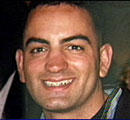





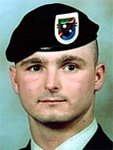


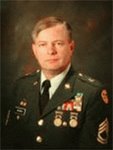

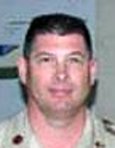
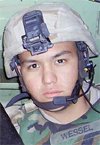
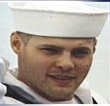
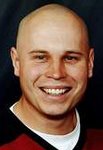
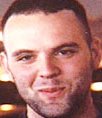
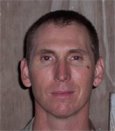


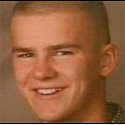
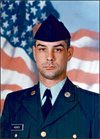


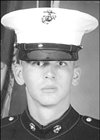
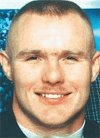
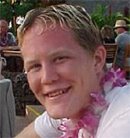

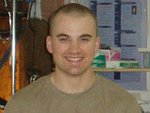




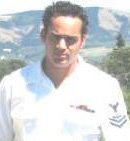

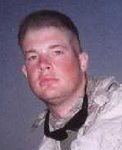
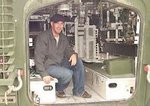


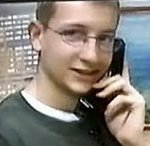

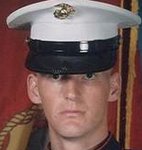
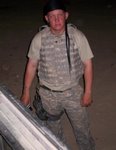
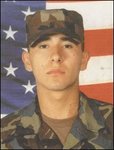


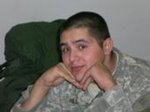
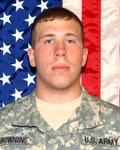





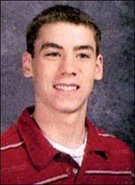
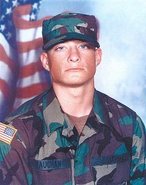
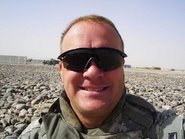
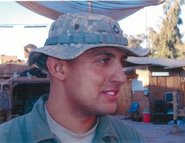
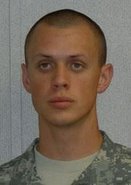
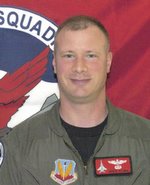
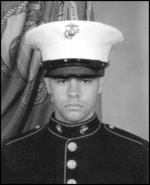
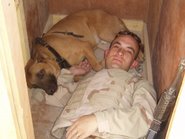
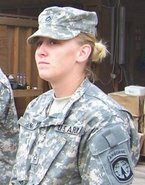
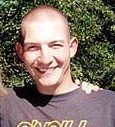
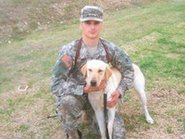

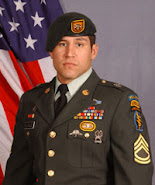

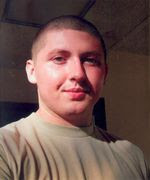



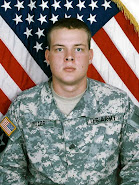
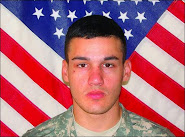



1 comment:
Nice.
Thank you for yor comments on my blog.
I will be back.
Post a Comment